Medicinal plants of malenadu
Malenadu is South India's biodiverisity hotspot where we find innumerable wild plants which are having lots of medicinal property. Medicinal properties of these plants are known to people for ages and have been used in home remedies.
In modern age medicines have lot of side effects and it can be avoided by using these medicinal plants in home remedies to cure many ailments. These plants are used in Ayurvedic medicines as churna, kashaya,oil and other rasayana form.
Surali kudi
Surali kudi which is also called surli soppu, bili thonde and naarali chiguru in Kannada and it grows on its own in farms and fields in malenadu region.
Surali kudi means surali leaves of the plant is used in cooking as leaf vegetable. It is rich in vitamins and minerals and which improves immunity and strength of our body.
It is known as surali kudi because of its shoot which is curled and it is its unique nature of the plant. We can recognise the plant by this unique nature of plant. In mansoon season it grows well.
The leaves of the plant used in preparing rasam, chutney and soups. It decoction or rasam prepared cures cold and cough. Traditionally our grandmothers were using the juice of leaves to clean the eyes of babies. As it is a nutritious plant regular use of leaves of the plant boosts immunity. It also helps in digestion and avoids constipation.
Soppina katne
Suruli soppu, kanne soppu, chakramuni soppu, kashi soppu or ganike soppu are used in preparing katne, a type of chutney.
Honagone soppu
Kanchari a Sanskrit name for honagone soppu is called garundi in Hindi, ponnangaanni keerai in Tamil, ponnaganti aaku in Telugu, sessile joyweed and dwarf copper leaf in English and its scientific name is Alternanthera sessilis.
It is found in South East Asian countries and it is perennial herb and its leaves are used as vegetable. Flowers of honagone are situated over the stem and round in shape. This is differentiating part of the plant with other similar plants. Its flowers resembles fish eyes and it is also called matsyakshi.
Honagone grows on its own in fields, farms and country yard and it is a weed in agriculture. In some places it is cultivated for food. It is used as medicine and it is also grown as an ornamental plant.
Honagone plant is diuretic, cooling, laxative and a special medicine for eye health.
Honagone in home remedies
Cures cold and cough
Honagone leaves juice cures fever, cold and cough. You can prepare decoction of leaves or you can take raw juice of 6-8 leaves.
Improves eye health
Honagone leaves treats eye related problems and cures night blindness as it is rich in vitamin A. You place washed leaves on your eyes and gently press it for ten minutes cures pain and inflammation in eyes. It also relieves from eye problems due to diabetes. As the leaves contains rich vitamins and minerals regular use of the plant as leaf vegetable improves eye sight.
Kajal prepared using honagone leaves juice is very good natural kajal which avoids the bad effects of chemical kajal. It protects eye with enhancing eye beauty.
Treats haemorrhoids
Honagone leaves juice with raddish leaves juice is taken 2-3 times a day cures haemorrhoids. It also aids in digestion and avoids constipation.
Benefits lactating mothers
Honagone leaves with green gram palya or curry when taken regularly it benefits lactating mothers. It increases the milk production and also benefits babies. It also helps uterus to regain the strength after delivery.
Avoids hair loss
Honagone leaves juice, bhringaraja leaves juice, amla juice, milk is mixed with sesame oil in same quantities and this mixture is boiled till water content evaporates and this oil is applied on hair regularly strengthens hair root and avoids hair falling. It also removes dandruff.
Cures jaundice
Honagone leaves juice also relieves from jaundice and it also cures other liver ailments. It is diet food for jaundice.
Treats urinary tract infection
Honagone leaves are diuretic and it cures urinary tract infection in which the juice of its leaves taken with honey.
Immunity booster
Nutrition packed honagone leaves improves body health and strengthens our body and boosts immunity.
Pullampuruche plant
Pullampuruche, huli soppu are the names of the herbal plant in Kannada, changeri in Hindi, paliakeri in Tamil and it is known as creeping wood sorrel, sleeping beauty in English and its scientific name is Oxalis corniculata. In Sanskrit it is known as changeri, lohitha.
Pullampuruche is a herbal plant which grows as weed in gardens, farms, agricultural fields and lawns. It grows up to a height of half to one feet. It has three heart shaped petals in a leaf and cute light yellow flowers. It is rich in vitamin C and leaves tastes tangy taste of lemons with slight sweetness.
It is used as herbal medicine in Ayurvedic medicine and in malenadu it is used as leaf vegetable and in home remedies. This plant is used in preparing rasam, thambuli which is very tasty and some use these leaves instead of tamarind, which adds sour taste to the dish.
Pullampuruche in home remedies
Relieves from joint pain
Pullampuruche leaves and garlic warm paste is applied knee joint and other joints relives the pain.Its leaves with castor oil and garlic mixture boiled till all water content evaporates and oil obtained is applied on joints cures joint pain effectively and it also relieves from back pain.
It cures piles
Pullampuruche juice with ginger juice when taken with buttermilk and rock salt cures piles and other diseases of anal region.
Cures head ache
Its leaves and onion paste applied on forehead which cures head ache.It also relieves from fever due to mucus formation.
Treats insect bites
Pullampuruche leaves juice is applied on the skin treat insect bite. It also relieves from inflammation and itching due to insect bite. It is also anti toxic and antibacterial.
Treats diarrhoea
Pullampuruche leaves juice 2-4 tsp with buttermilk treats diarrhoea and indigestion.
Bhringaraja plant
Bhringaraja, kesharaja are names of this herbal plant in Sanskrit, known as garugada soppu in Kannada, false daisy in English and also called karisalankanni in Tamil. Its scientific name is Eclipta alba.
It belongs to sunflower family. This moisture loving plant is found in malenadu and it grows on its own in agricultural fields, gardens and country yards. Bhringaraja are of two varieties in which one is white flowering and another is yellow flowering.
Every part of bhringaraja used in medicine. It has bitter and spicy taste. It treat phlegm, anaemia, cough, skin diseases, liver problems, hair fall and grey hair.
Bhringaraja in home remedies
Treats jaundice
Bhringaraja leaves, nela nelli leaves, thumbe soppu are mixed in same quantities and 1/2 tsp of this paste prepared is taken with butter milk cures jaundice. It also removes gall stones. It treats other ailments of liver.
Treats anaemia
Bhringaraja leaves with stem juice is taken before food cures anaemia and it also improves appetite. It cures cough and asthma. It also treats head ache and constipation.
Treats skin diseases
Bhringaraja leaves paste with honey is applied on skin half an hour before bath and it treats many of skin diseases and it also gives glow to skin.
Treats hair fall and grey hair
Oil prepared using bhringaraja leaves avoids hair fall and dandruff. It blackens hair and strengthens the roots of hair. It also relieves from head ache and gives strength to eyes and ears.
You may also search for
Basale soppu as leaf vegetable
Dodda goni soppu
Dodda goni soppu is a leaf vegetable which grows as weed in agricultural fields and gardens. It creeps on the ground and it grows in mansoon season. It leaves oval shaped and slight reddish coloured. Stem is so soft and reddish coloured. It contains lot of water content in it. Its leaves and stem are used as vegetable. Rasam, palya and massoppu are prepared using this plant.
This nutritious plant also known as goli soppu and also called in Sanskrit as lonika and its scientific name is Portulaca oleracea. It has lot of medicinal property and it tastes sweet and sour.
Dodda goni soppu contains iron, calcium, phosphorous, thiamine, riboflavin, niacin with vitamin C. Regular use of this plant improves our body immunity.
Dodda goni soppu in home remedies
Helps in digestion
Dodda goni soppu helps in digestion. It also relieves from constipation when taken regularly with food. It also prevents and cures piles.
Improves liver health
It also treats jaundice and liver inflammation when taken regularly with food.
Treats herpes
Dodda goni soppu leaves juice is applied on herpes lesion it relieves from inflammation and burning sensation.
Treats mouth ulcer
Regular use of dodda goni soppu with food treats mount ulcer.
In diabetes
Dodda goni soppu decreases sugar level in blood and it helps to treat diabetes. It is a diet food for diabetes.
Improves kidney health
Dodda goni soppu is diuretic and it helps the kidney to remove toxins from the body. It also treats and prevents kidney infections and urinary tract infections.
Thumbe gida
Its scientific name is Leucas aspera and it is called drona pushpa, kumbha yoni in Sanskrit, in chota halkusa in Hindi, tumba in Malayalam, tummachettu in Telugu.
It grows as weed in agricultural field where moisture is more. This plant leaves, stem and flower is used in case of fever, skin diseases, inflammation, cold, cough, eye infection and jaundice.
Thumbe gida in home remedies
Cures jaundice
Juice of thumbe leaves with honey cures jaundice. Juice is taken two times before food and strict diet is followed for jaundice. Thumbe flower juice drops are put in eyes and it treats eye colour due to jaundice. Cooked leaves of thumbe also helps in liver problems.
Treats scorpion bite
Paste of thumbe leaves is applied on scorpion bite wound, it removes toxin released due to scorpion bite. Leaves juice is also taken with milk which also helps in this condition.
For eye health
2-3 drops of juice of thumbe flowers cures itching, inflammation and infection in eyes.
Joint pain
Paste prepared from thumbe leaves, jaggery and calcium is applied on joints heels joint pain.
For fever
Thumbe leaves, stem, flowers are washed and dried and powdered. This powder is used to prepare decoction. Taking this decoction two times a day cures fever, cold and cough.
For skin problems
Thumbe leaves juice is applied on skin which cures inflammation and itching of skin due various skin diseases.

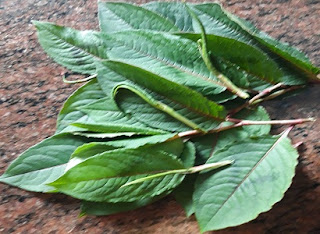
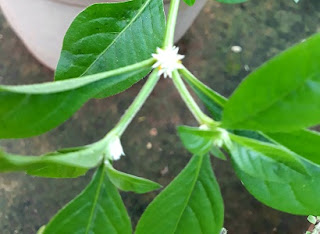
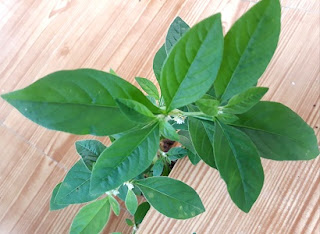
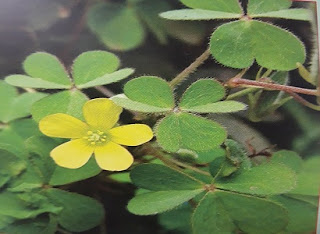
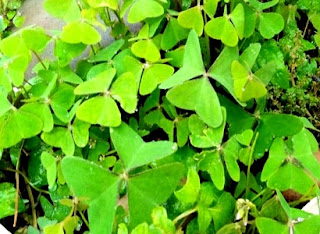
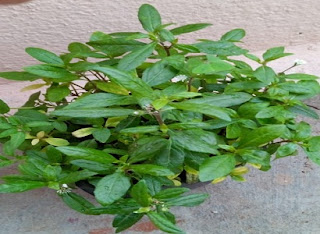
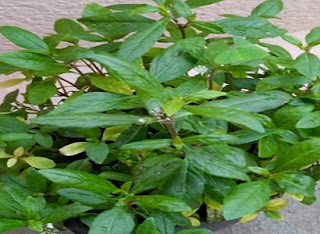
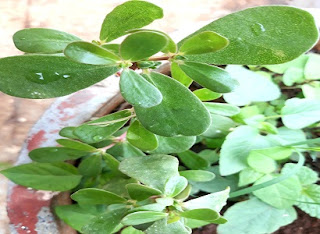
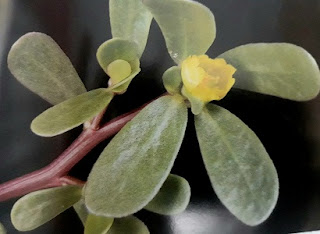
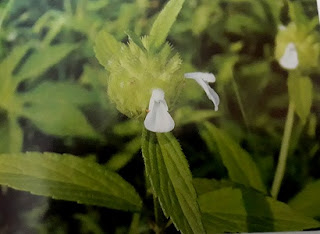

Please do not enter any spam link in the comment box ConversionConversion EmoticonEmoticon